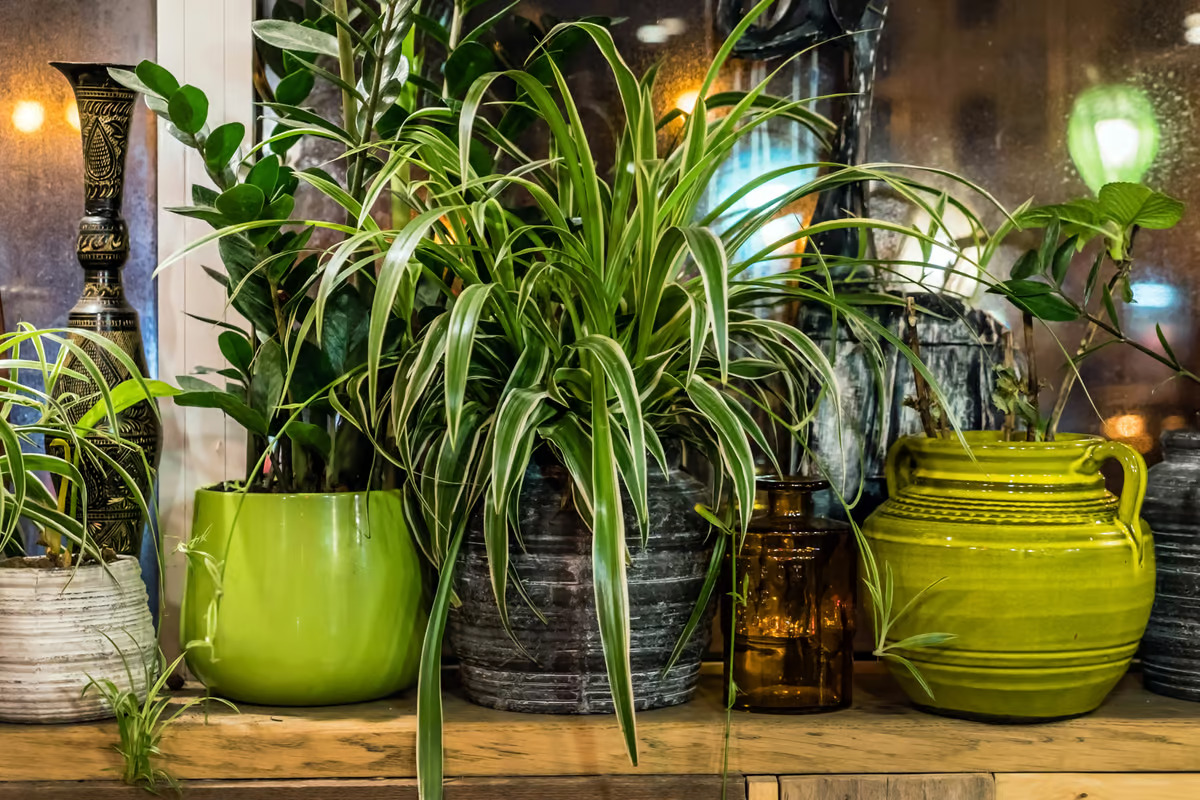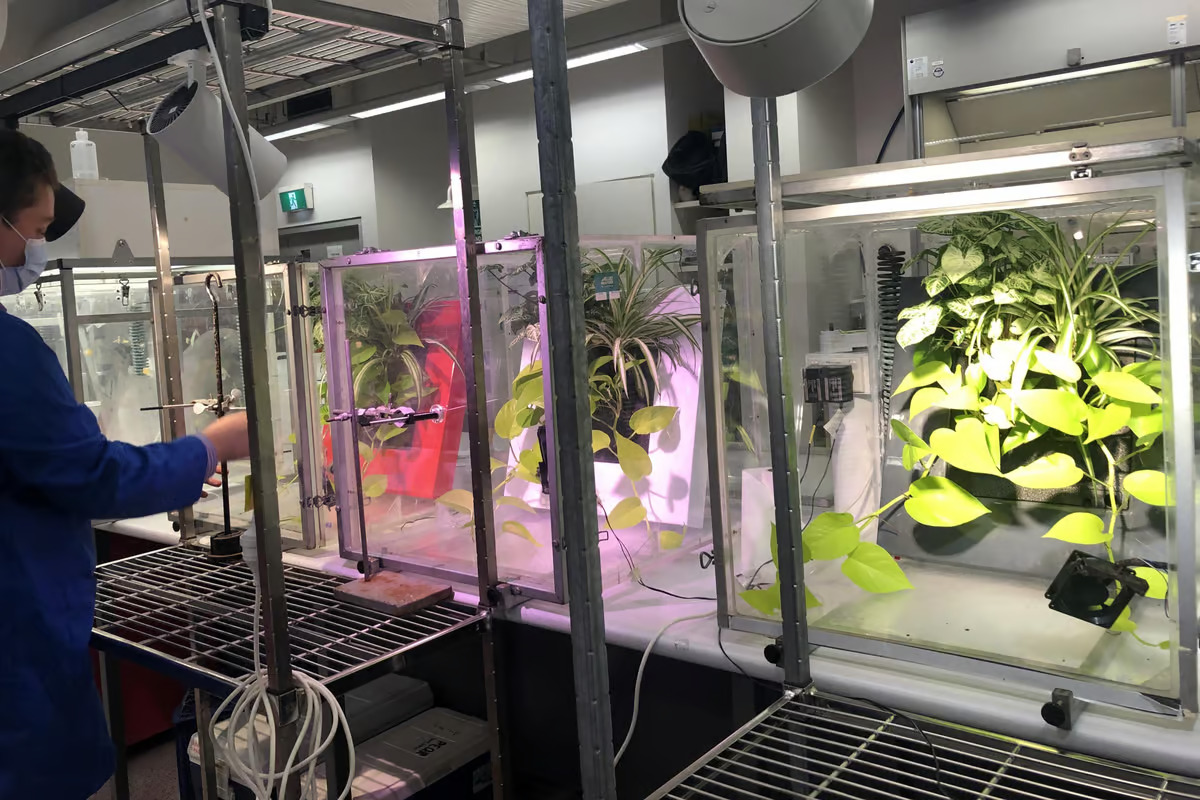 Researchers have found that plants are very effective at clearing toxic pollutants from indoor air. Depositphotos
Researchers have found that plants are very effective at clearing toxic pollutants from indoor air. Depositphotos
–
Given that people spend 90% of their time indoors at home, school, or the workplace, it’s important that the air we breathe is as clean as possible.
A common source of indoor air pollution is gasoline vapor, which contains the ‘big four’ volatile organic compounds benzene, toluene, ethylbenzene and xylene – collectively referred to as BTEX. These compounds are toxic, highly carcinogenic and associated with respiratory diseases and issues with the central nervous system. Studies have shown that gas stations affect BTEX concentrations inside schools up to 820 ft (250 m) away.
Now, researchers from the University of Technology Sydney, Australia show just how efficient plants are at ridding indoor air of these nasty toxins.
“We know that indoor air quality is often significantly more polluted than outdoor air, which in turn impacts mental and physical health,” said Johan Hodgson, general manager of Ambius, the plant providers that worked alongside the researchers. “But the great news is this study has shown that something as simple as having plants indoors can make a huge difference.”
Conventional air-cleaning tech, such as filtration devices in heating, ventilation and air conditioning (HVAC) systems aren’t able to remove gaseous pollutants from indoor air. Conversely, the ability of plants to remove a broad range of contaminants from the air has long been known. It’s just that no research has been undertaken to test how effective they are at doing it until now.
The researchers and Ambius designed a Small Live Green Wall (SLGW) using indoor plants known for their phytoremediation abilities. The proper term for using plants to clean up contaminated soil, air and water is phytoremediation.
They tested nine SLGW systems, each containing devil’s ivy (Epipremnum aureum), arrowhead vine (Syngonium podophyllum), and spider plant (Chlorophytum comosum). A control was prepared that contained only potting mixture and no plants. The SLGWs were placed in sealed perspex chambers, exposed to volatile organic compounds, and then analyzed using gas chromatography-mass spectrometry.

The researchers found that the removal of the compounds was high. Most effective removal was demonstrated for alkanes (97.9%), benzene derivatives (85.96%) and cyclopentane (88.18%), all of which are known to cause notable health effects. The benzene derivatives tested contained BTEX. After only eight hours, all compounds were reduced to less than 20% of the original starting concentrations.
“This is the first time plants have been tested for their ability to remove petrol-related compounds, and the results are astounding,” said bioremediation researcher Fraser Torpy, who led the study. “Not only can plants remove the majority of pollutants from the air in a matter of hours, they remove the most harmful petrol-related pollutants from the air most efficiently, for example, known carcinogen benzene is digested at a faster rate than less harm[ful] substances, like alcohols.”
The concentration of pollutants influenced how effectively the plants digested them.
“We also found that the more concentrated the toxins in the air, the faster and more effective the plants became at removing the toxins, showing that plants adapt to the conditions they’re growing in,” Torpy said.
The study’s findings demonstrate that plants are an effective, sustainable way of combatting harmful indoor pollution. What’s more, they’re relatively cheap and easy to set up in your home, school, or workplace, and are generally low maintenance.
The research report is available as a PDF here.
Source: University of Technology Sydney
–
























